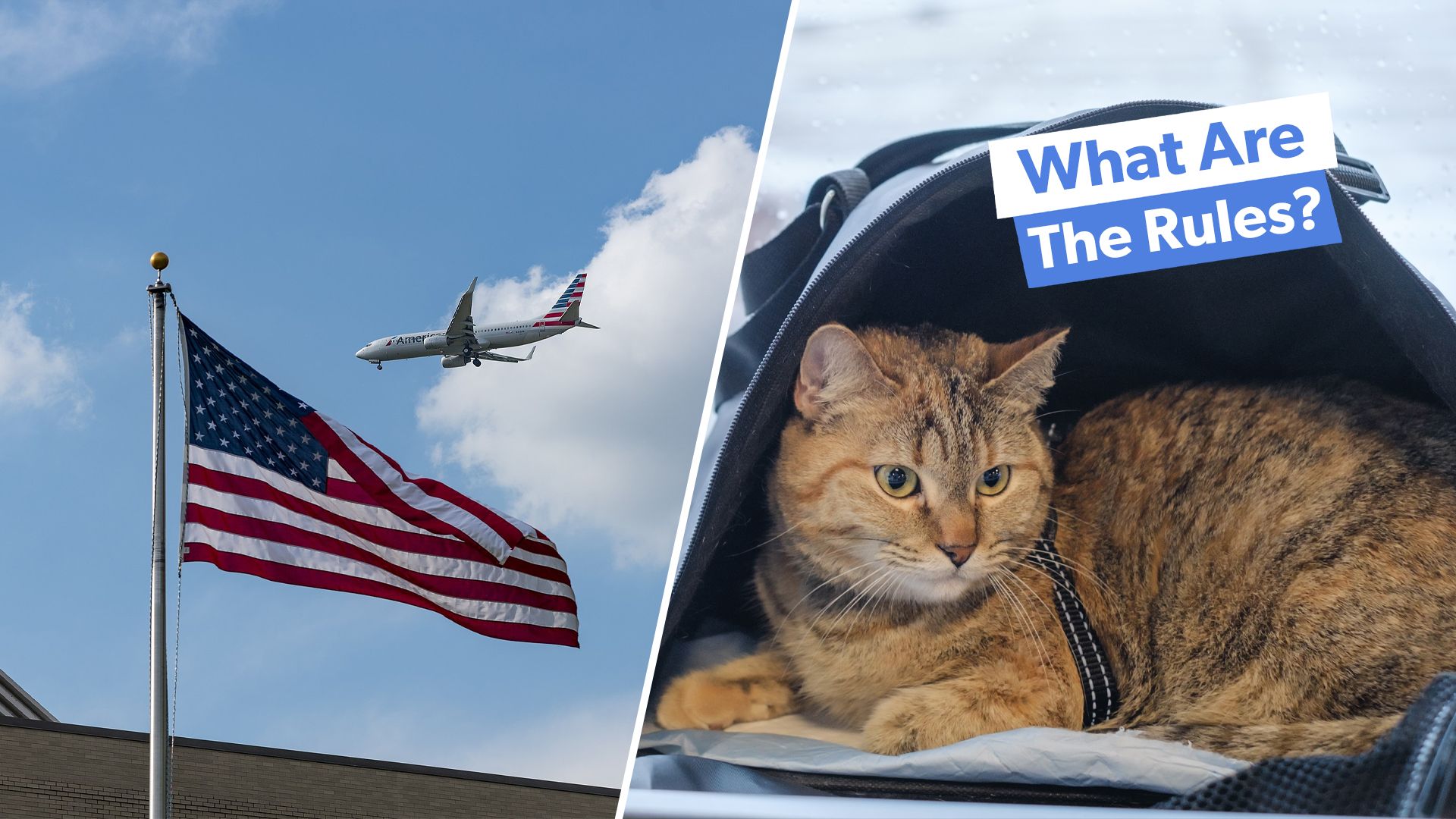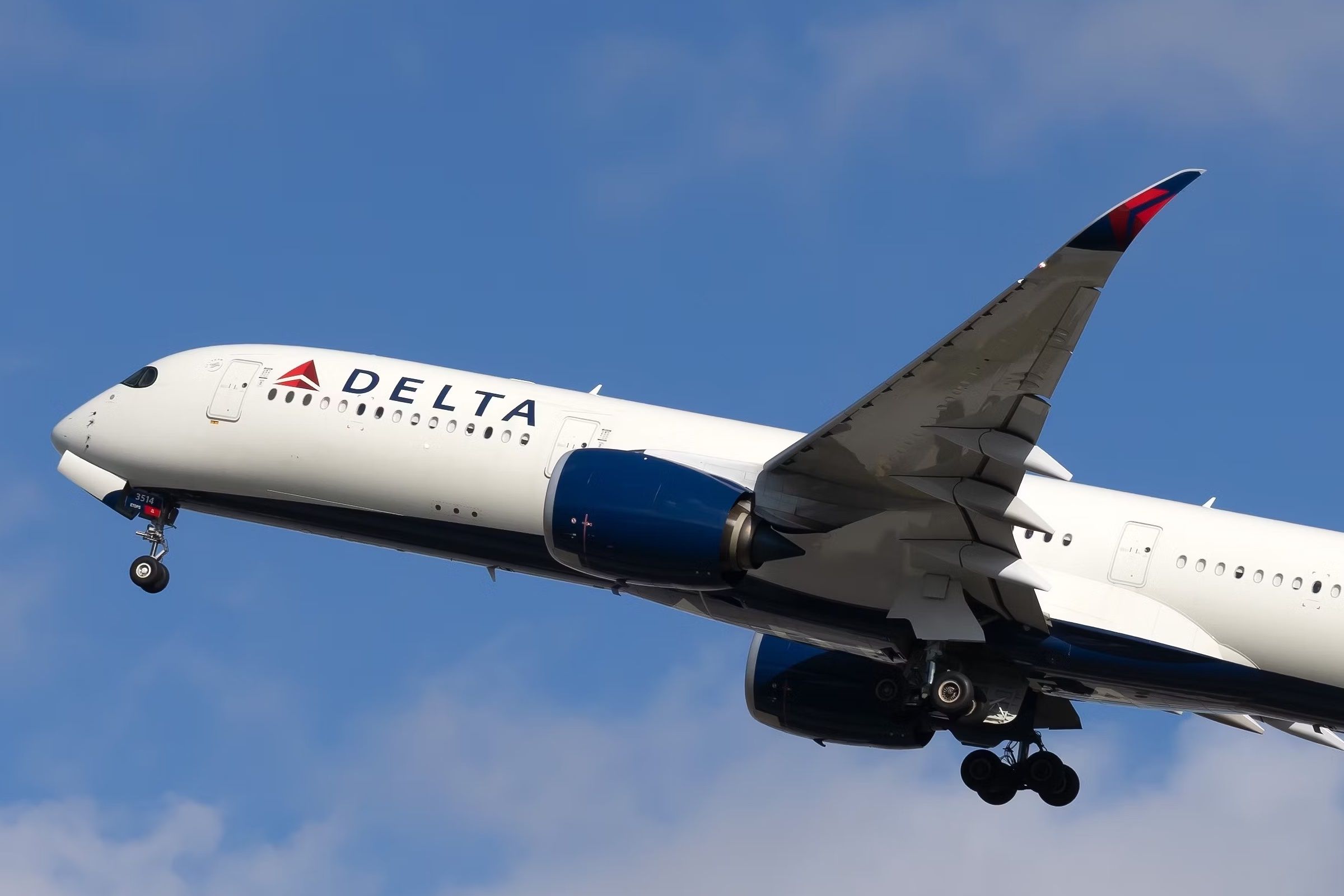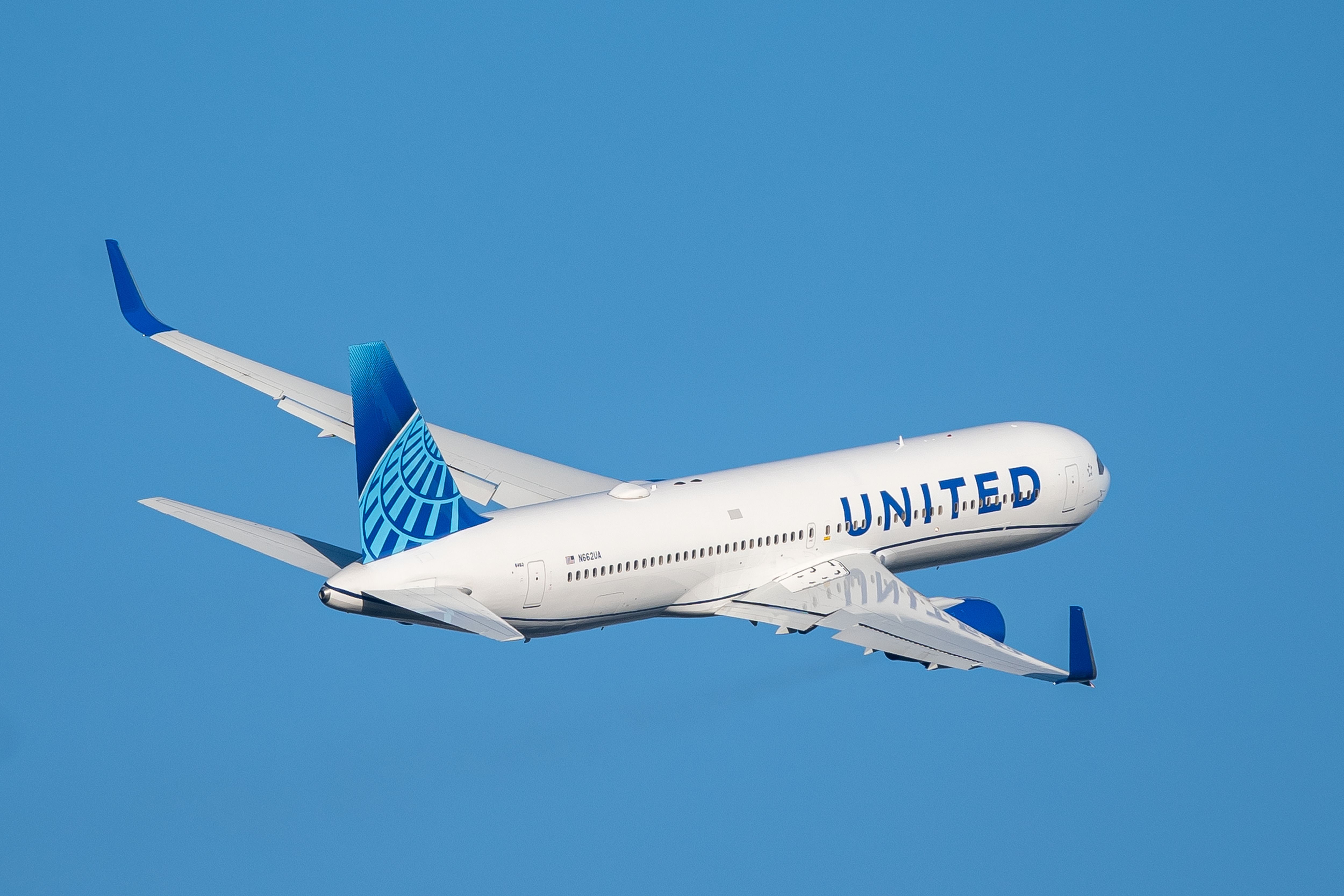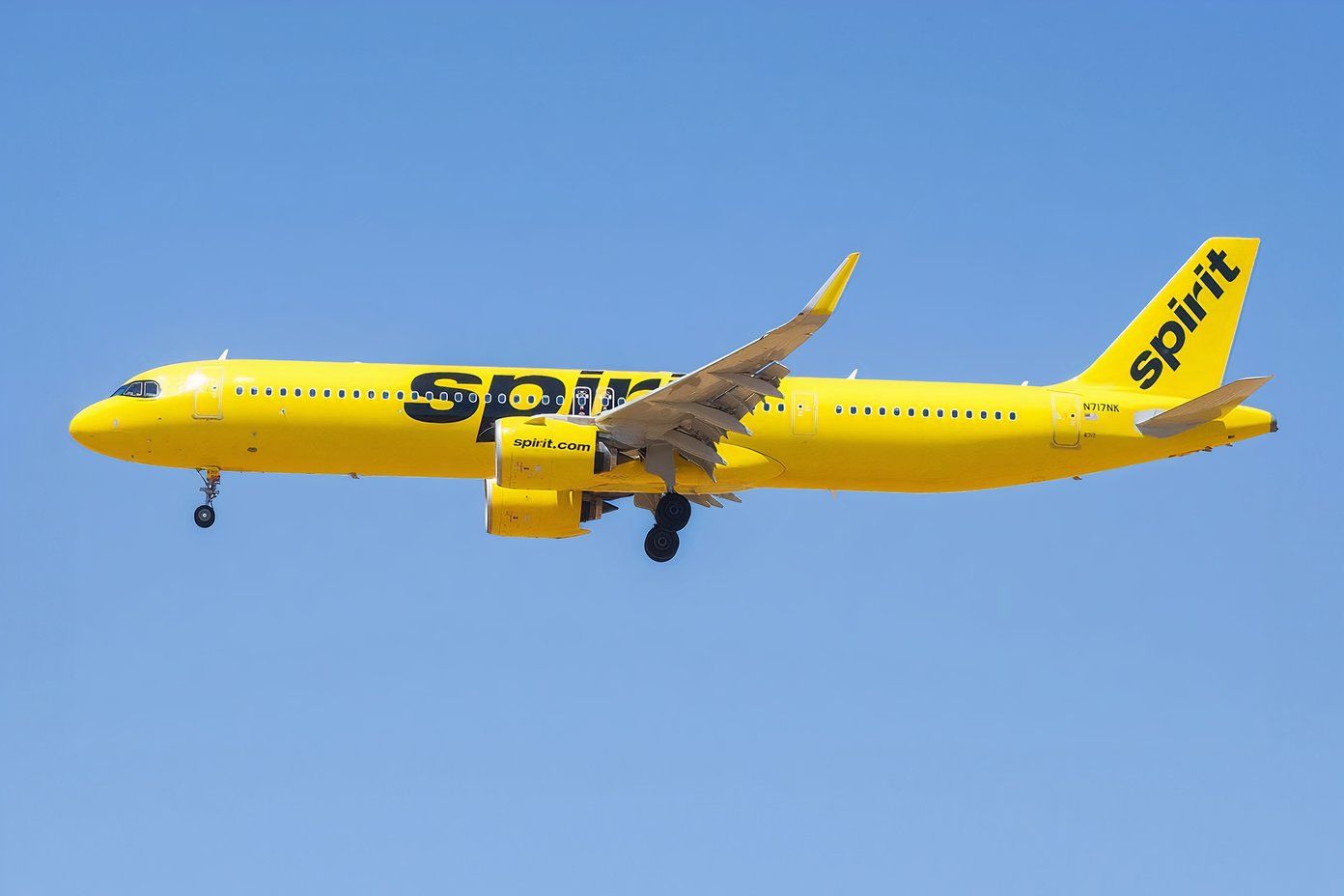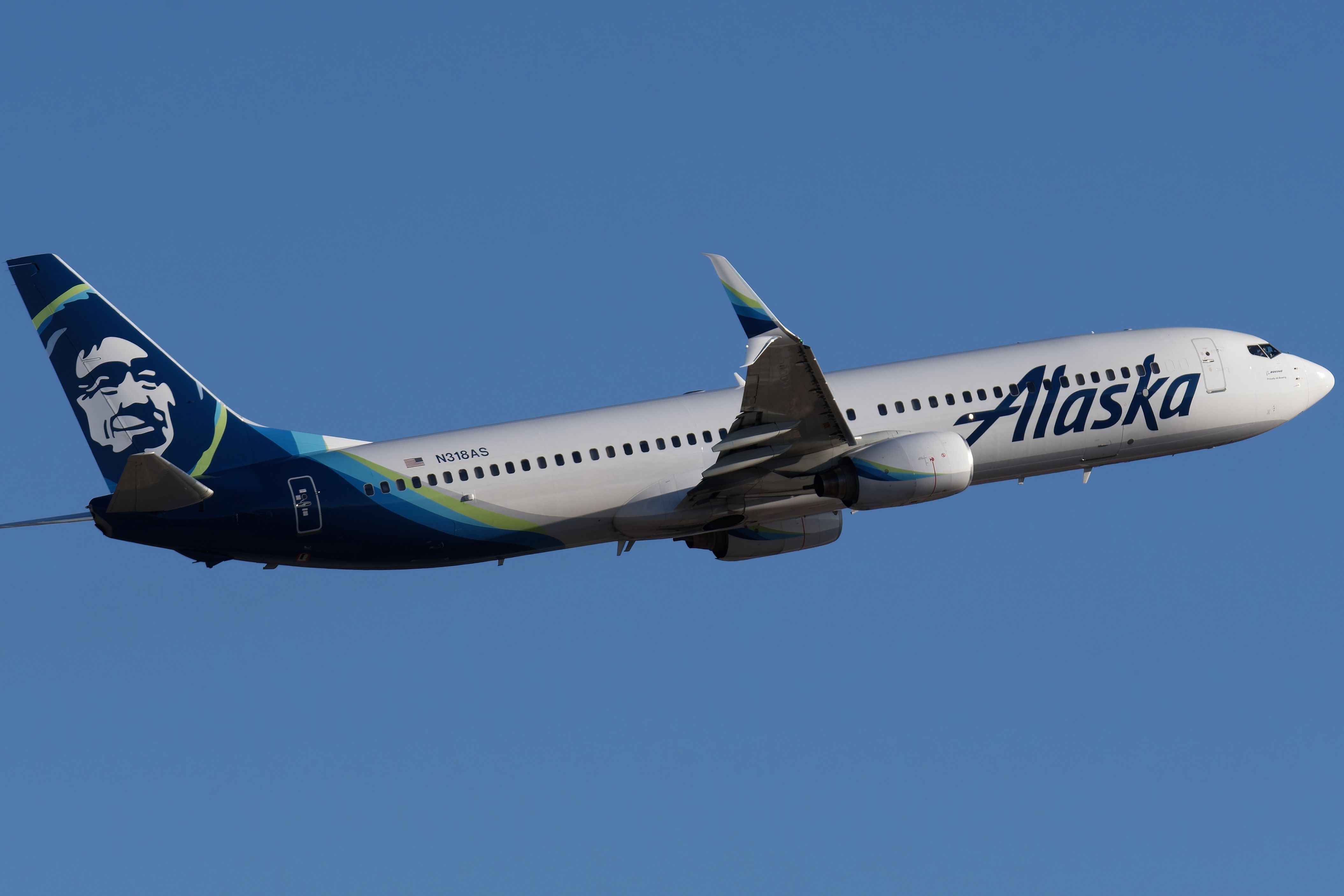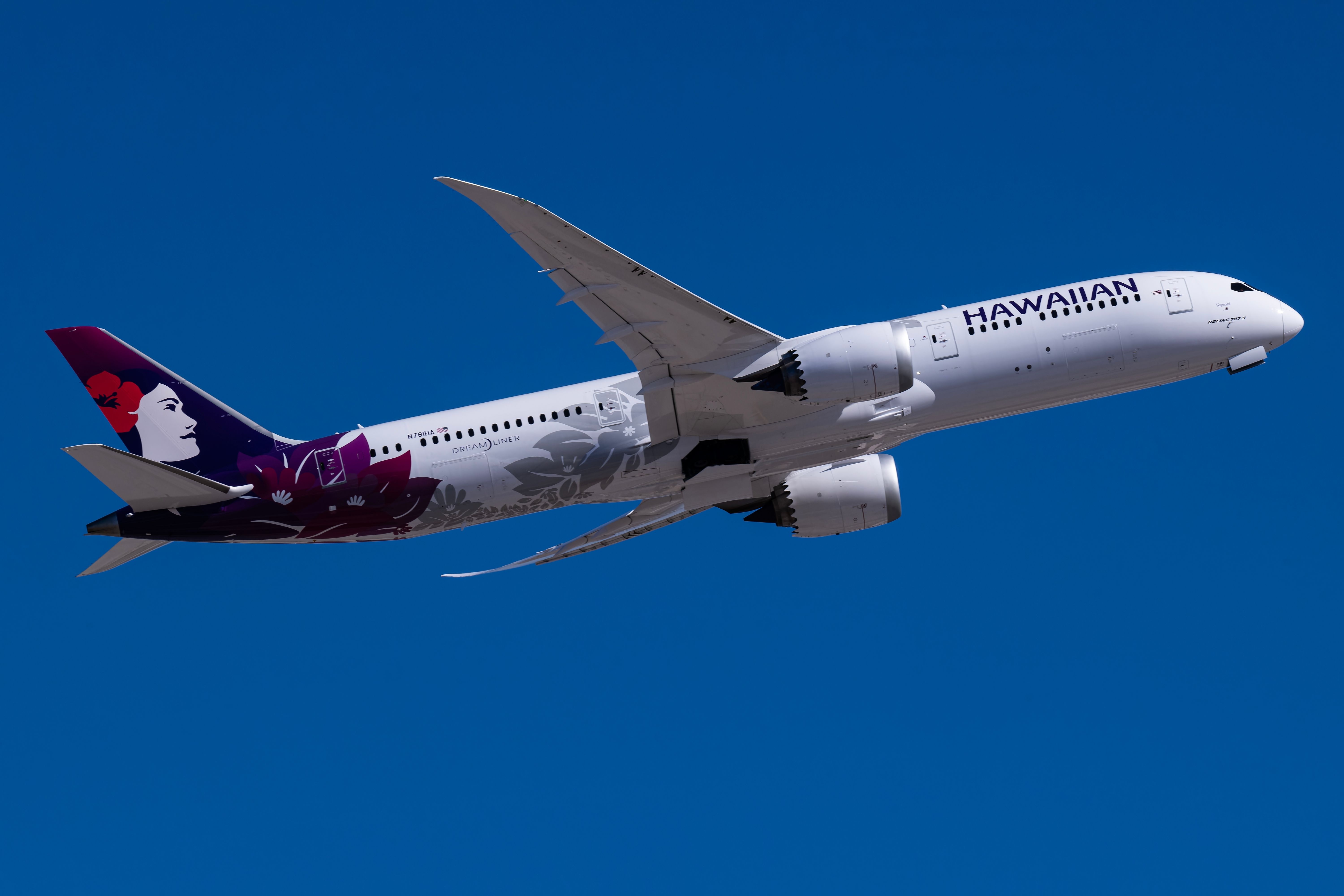Summary
- Multiple rules apply to flying with pets to the US
- Airlines have their own regulations and fees
- Different pet species have distinct requirements.
Whether it is for leisure purposes or out of necessity, it is not uncommon for passengers to travel with their pets to the US. Traveling with a pet often comes with strict requirements, and failure to meet them can lead to problems on arrival in the US or even being refused entry altogether. In addition to federal and state requirements, airlines sometimes have their own rules too, making traveling with a pet somewhat of a minefield for those not in the know.
With hefty fines and even prison sentences sometimes applicable for those who don’t follow the regulations, how does flying to the US with a pet work, and what rules must passengers be aware of to avoid being caught out?
1
Multiple rules to follow
State rules may apply in addition to federal rules
It is important to remember that as well as federal rules, which are controlled by nationwide organizations such as the Center for Disease Control (CDC) and the Animal and Plant Health Inspection Service (APHIS), several states also have their own regulations.
Photo: Vincenzo Pace | Simple Flying
A prime example is the state of Hawaii. Being an island state, it is perhaps easier to control the spread of diseases, and so it is not surprising that many pets, including cats, are subject to strict quarantine rules on arrival – something that is not normally the case in many other states across the US. The Hawaiian airports that have direct flights to the US mainland are:
- Honolulu (HNL)
- Kahului (OGG)
- Kailua-Kona (KOA)
- Lihue (LIH).
2
Airline-specific regulations
Which passengers and pets must also adhere to
Each airline has its own terms and conditions that must be followed when traveling with pets, and often different charges too, depending on the pet being transported and the route. For example, on American Airlines, pets can travel only on flights to and from specific destinations, including:
- The US and Canada
- Mexico
- Puerto Rico
- St. Croix
- St. Thomas.
Photo: Q world | Shutterstock
United Airlines, meanwhile, has strict requirements on how pets are transported in the cabin – they must travel in a soft-sided or hard-sided carrier, which must fit underneath the seat in front.
3
Special rules for dogs
Rabies prevention is key
According to the Center for Disease Control (CDC), preventing rabies-infected dogs from entering the US is a public health priority. The entry requirements regarding rabies were recently simplified, and as of August 1st, 2024, and requirements now depend on where the dog has been in the previous six months.
If the dog has only been in rabies-free or low-risk countries in the past six months, its owner will only need to complete the CDC’s Dog Import Form. However, if the dog has been in any high-risk country in the past six months, it must have been vaccinated against rabies. If it has not been vaccinated against rabies, it will be refused entry into the US.
Photo: Spirit Airlines
Examples of rabies-free and high-risk countries/regions include:
|
Rabies-free |
High-risk |
|---|---|
|
South Korea |
Brazil |
|
European Union |
India |
|
Australia |
South Africa |
Depending on the country they are traveling from, dogs arriving into the US may also need to be free from screwworm and foot-and-mouth disease.
4
What about feline friends?
Subject to visual inspection upon arrival
The CDC states that:
- All cats arriving into the US are subject to inspection at the arrival airport, and entry will be denied if there is any evidence of a zoonotic disease
- Any cats that appear unwell may be subject to veterinary inspection at the expense of its owner before being allowed entry into the US.
Photo: Robin Guess | Shutterstock
One key difference is that unlike dogs, cats are not required to be vaccinated against rabies in order to enter the US (although the CDC does recommend rabies vaccination anyway).
5
Birds have their own regulations
Not all birds qualify for pet travel
It is not possible to bring all birds into the US – those classed as poultry are not permitted. Additionally, the number of birds that any one passenger can bring into the US is limited to six.
When it comes to transporting birds to the US, the Animal and Plant Health Inspection Service (APHIS) outlines the requirements that must be met depending on where the bird has traveled from.
Photo: Robin Guess | Shutterstock
For example:
- A bird arriving at a US airport from Canada must have an import permit and veterinary health certificate, but in normal circumstances is not subject to any form of quarantine
- However, when entering from Mexico, the bird must go through a 30-day quarantine period in addition to having the import permit and veterinary health certificate
- The same regulation regarding quarantine applies to birds coming from all other countries, too.

